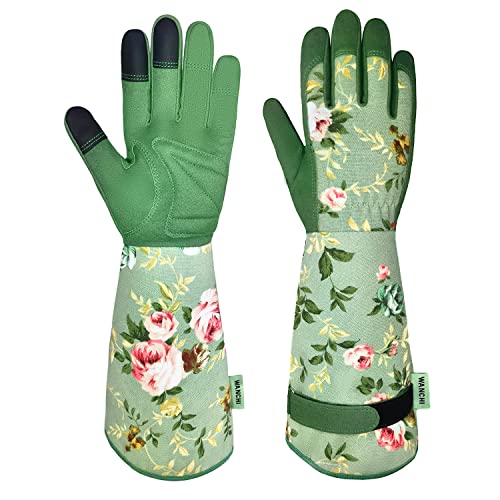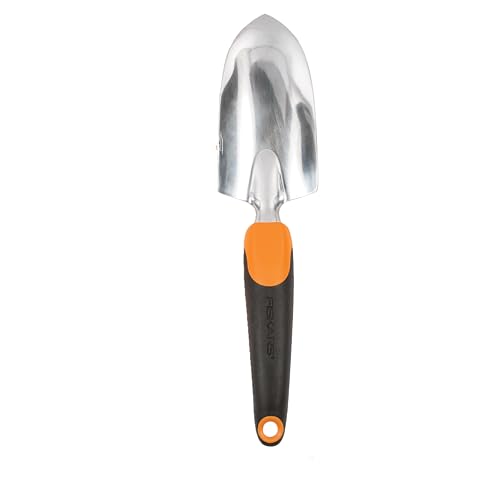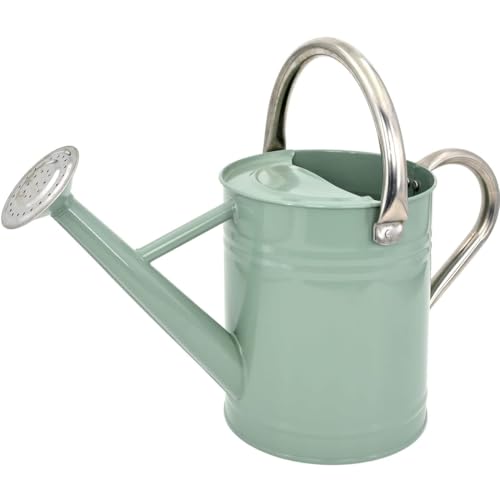How to add drainage holes to planters – gardening experts share quick and easy methods for pots of all materials
Drainage is important for potted plants, reducing the risk of root rot and fungal disease
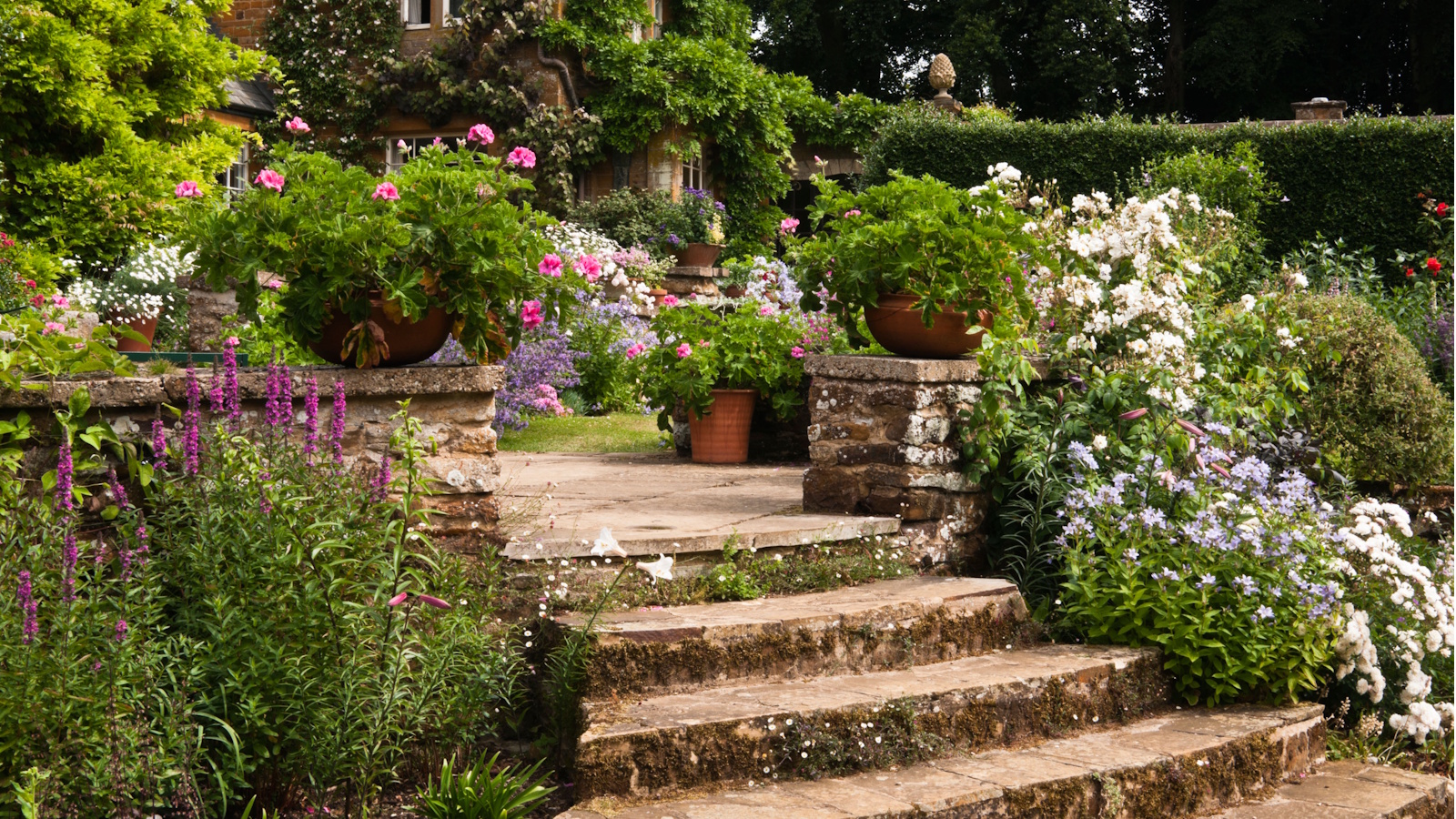

As a keen indoor gardener and lover of container plants, I am very familiar with the frustration of finding the perfect planter to add to your arrangement but discovering it lacks one crucial element: a drainage hole.
When container gardening, or growing plants in pots indoors, it's important to have some form of drainage in place. Even if you have put gravel at the bottom of your planter for drainage, it is beneficial to have a drainage hole to allow excess water to flow out and reduce the risk of issues like root rot and fungal disease.
The good news is, you don't have to put the planter back on the shelf if it lacks a drainage hole. Here, gardening experts have revealed their easy techniques to add drainage holes to planters of the most common materials.
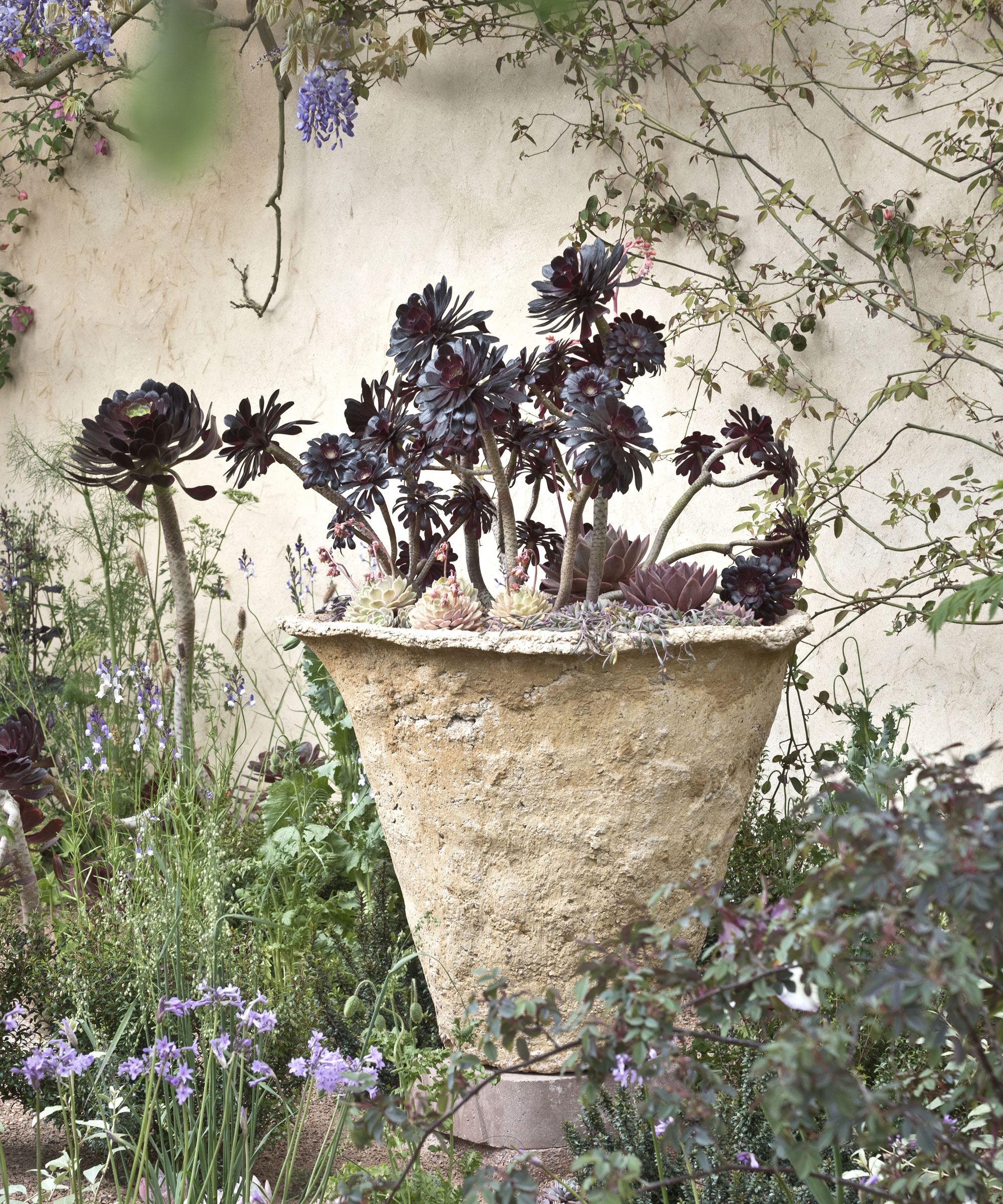
How to add drainage holes to planters
Watering plants in containers requires some careful action. Too much water can leave your plant roots rotting in oversaturated soil, which is why a drainage hole is beneficial.
Many planters come with drainage holes already, like these terracotta plant pots on Amazon, but this isn't always the case.
So, if you've found your dream planter for your yard but it has a solid base, try one of the following techniques to add drainage holes to planters.
Before getting started, it's important to know how big of a drainage hole you should be aiming for – typically around an inch wide does the trick, but even something smaller is fine.
Design expertise in your inbox – from inspiring decorating ideas and beautiful celebrity homes to practical gardening advice and shopping round-ups.
You'll also need some essential kit to successfully do this DIY, including safety wear to avoid injury:
- A power drill, like this cordless drill on Amazon.
- Safety goggles (from Walmart).
- Safety gloves (from Amazon).
1. Adding drainage holes to terracotta clay pots
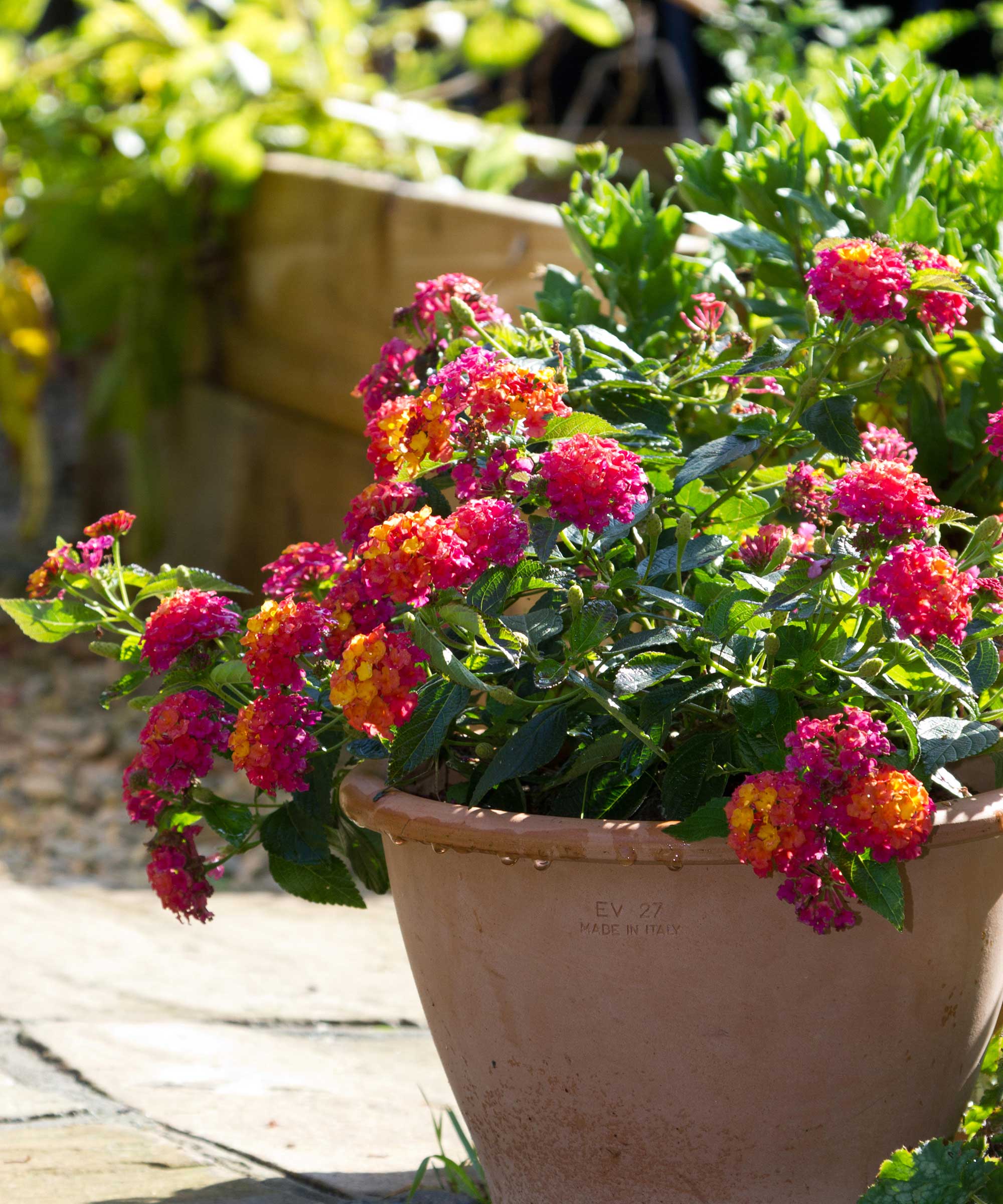
There are many benefits to using terracotta pots, the most obvious being clay is porous. This aids moisture management and allows plant roots to breathe, which is why terracotta indoor planters are particularly good for houseplants.
Although their nature means their already helpful in ensuring plants don't become oversaturated, these planters are even more effective with a drainage hole. Luckily, it's easy to add one to this kind of pot.
'Clay pots are fairly easy to drill since they’re porous and soft. Soaking the pot for an hour, or overnight, can help reduce the risk of cracking it,' says gardening expert and CEO of The Inspired Garden Laura Janney.
Depending on the size of your planter, you can use this bucket from Walmart to soak it in.
'I’d recommend using a diamond drill bit (from Amazon) and placing tape over the spot to keep the drill steady. Start with a small bit, drill slowly with light pressure, and work your way up to the size you need,' Laura explains.
Once happy with the drainage hole, remove the tape and wipe away any shavings. You might then want to consider adding a drip tray (like this terracotta one from Amazon), especially if you're using your planter indoors.

Laura has won awards for her work designing landscapes. She aspires to create ‘sanctuaries that feed the soul and awaken the senses’. The Inspired Garden is a full service garden and container business, with Laura imparting her wisdom via online courses.
2. Adding drainage holes to plastic pots
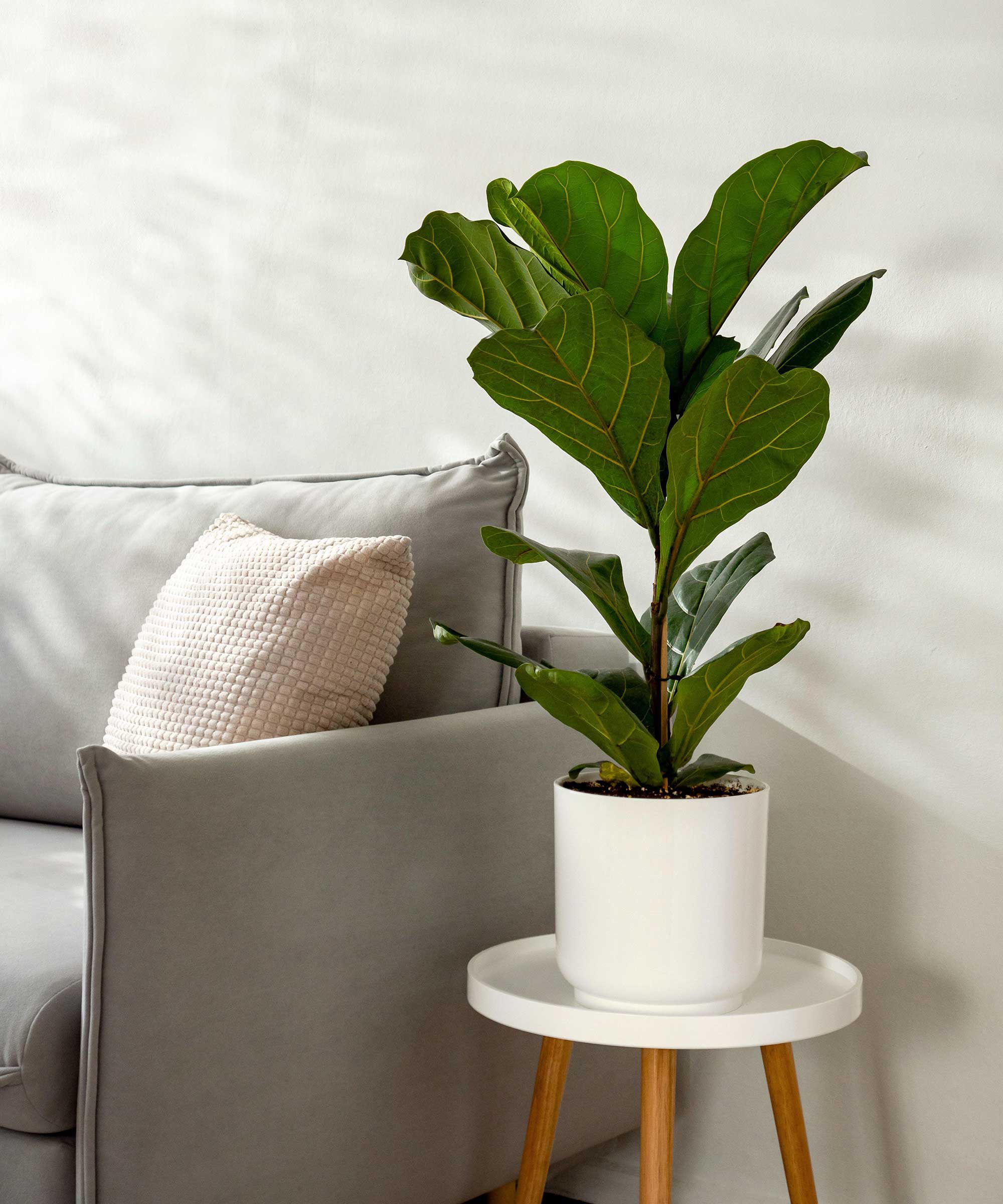
'Plastic pots are definitely the easiest to put drainage holes in,' Laura says.
'You can also use a drill, but if you have a very thin planter you can try using a heated nail to melt a hole instead of drilling. If you do this, just be sure to do this outside or in a space like a garage with an open door so there’s proper ventilation,' she explains.
Depending on the thickness and flimsiness of the pot, you may even be able to cut in a drainage hole using scissors (from Walmart). Of course, always wear safety gloves when working with sharp tools.
You might find you're left with a sharp edge around a DIY plastic pot drainage hole, so try using this sand paper from Amazon to give it a smoother finish and avoid potential cuts.
Although, gardening expert and founder of Waddle & Cluck Lindsey Chastain shares rough edges are avoidable by 'running the drill backwards, counter-clockwise instead of clockwise. That will keep the plastic from burring,' she explains.

Lindsey Chastain is an experienced homesteader and founder & CEO of Waddle and Cluck, a platform dedicated to the joy of living off the land and sustainable living, which she runs with her husband.
3. Adding drainage holes to ceramic planters
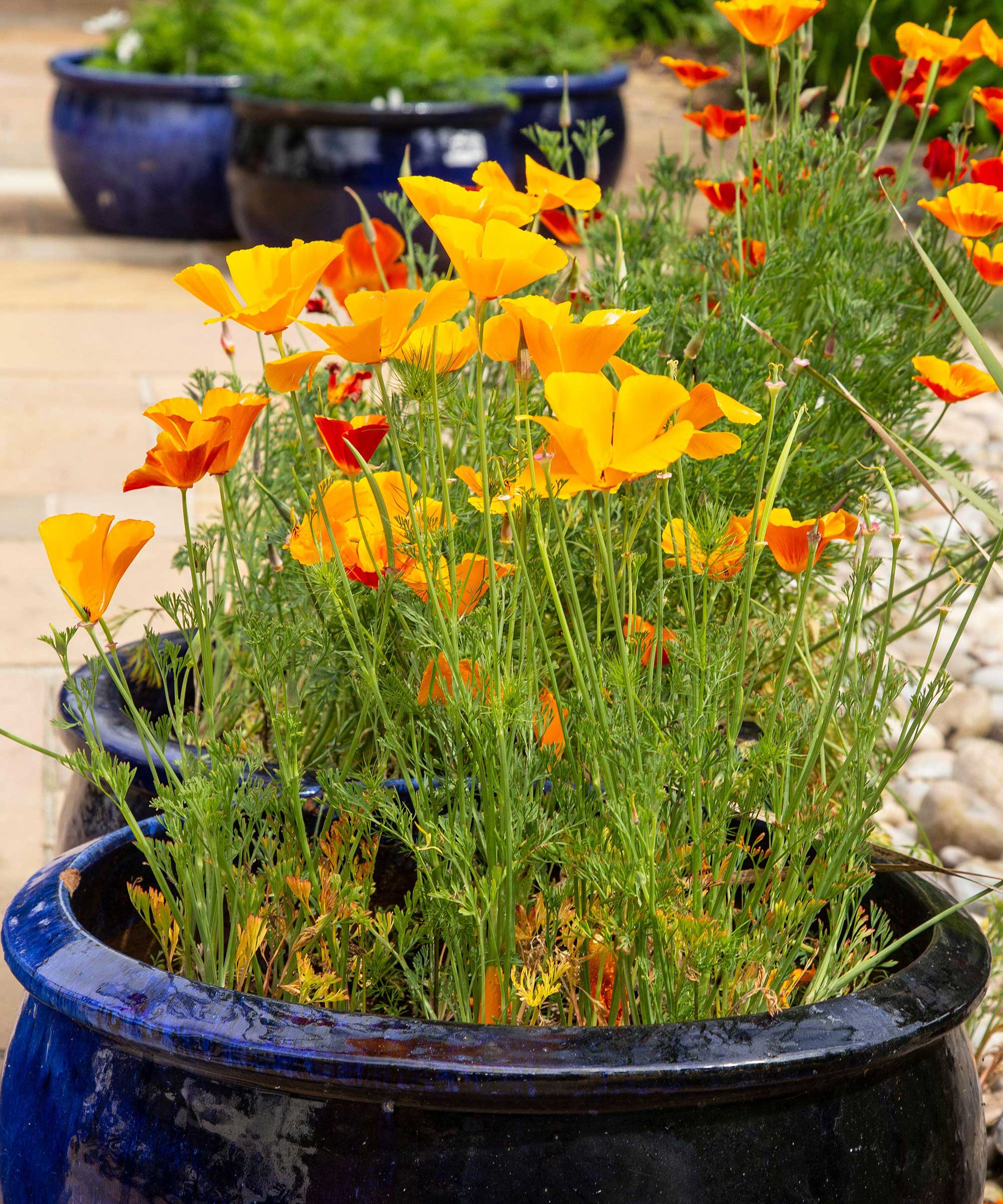
There are so many beautiful glazed and ceramic planters out there to suit any garden color scheme and aesthetic. But, when it comes to adding drainage holes to planters, ceramic pots are definitely the trickiest to tackle.
All it takes is a bit of patience, though, to successfully put a drainage hole in without cracking the pot.
'Use a diamond or masonry drill bit and go slowly to avoid cracks,' says Laura. 'I like to keep the area cool with a spray bottle (from Amazon) as I drill,' she adds.
You should first mark your spot using masking tape and just like clay pots, gradually increase the size of the hole.
'I’d also recommend drilling from both inside and outside. This can help prevent the planter from cracking,' Laura advises.
FAQs
Do planters need drainage holes?
While it isn't an absolute necessity for planters to have drainage holes and many plants will grow just fine in a planter with a solid base, it is highly beneficial to have a drainage hole in a planter.
Its primary purpose is to allow excess water to flow away, preventing your plant from sitting in oversaturated soil and suffering root rot. But, a drainage hole also allows you to use the bottom watering technique, which is great for watering plants that don't like to dry out entirely.
Having successfully added drainage holes to your planters, you can now research how to fill the bottom of a large planter and how to clean terracotta pots to keep them in good shape. Don't forget to also read up on container gardening mistakes to avoid, so you can successfully grow plants in your new pots.
Shop gardening accessories

Tenielle is a Gardens Content Editor at Homes & Gardens. She holds a qualification in MA Magazine Journalism and has over six years of journalistic experience. Before coming to Homes & Gardens, Tenielle was in the editorial department at the Royal Horticultural Society and worked on The Garden magazine. As our in-house houseplant expert, Tenielle writes on a range of solutions to houseplant problems, as well as other 'how to' guides, inspiring garden projects, and the latest gardening news. When she isn't writing, Tenielle can be found propagating her ever-growing collection of indoor plants, helping others overcome common houseplant pests and diseases, volunteering at a local gardening club, and attending gardening workshops, like a composting masterclass.
You must confirm your public display name before commenting
Please logout and then login again, you will then be prompted to enter your display name.
